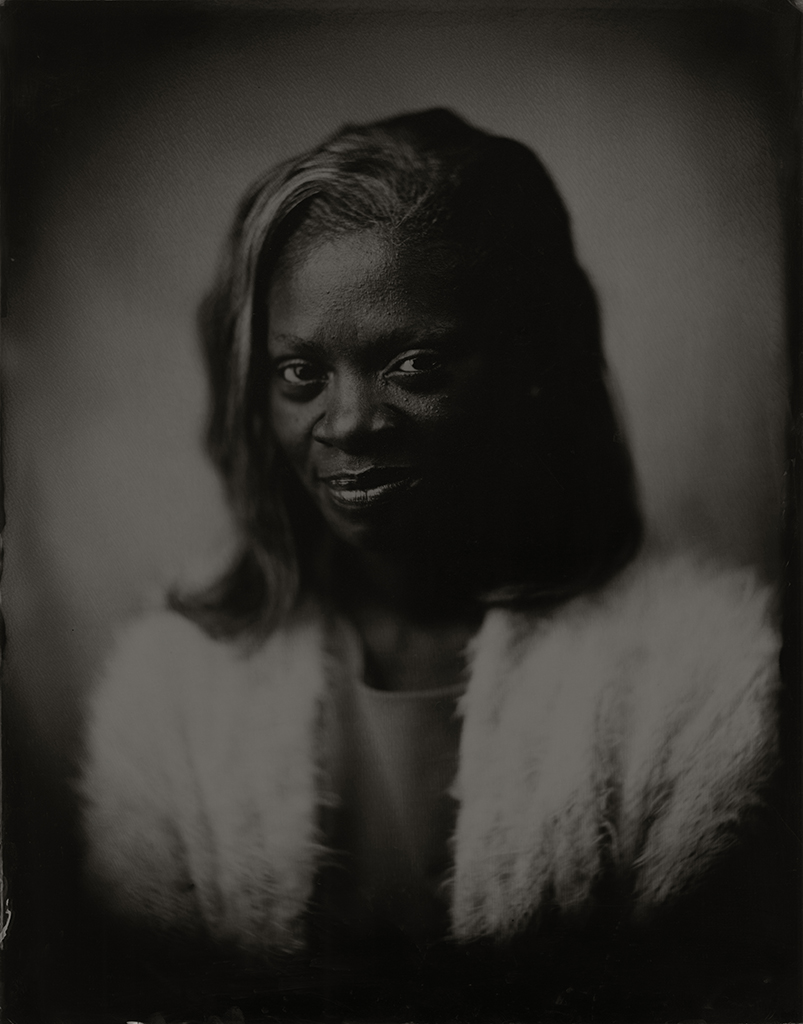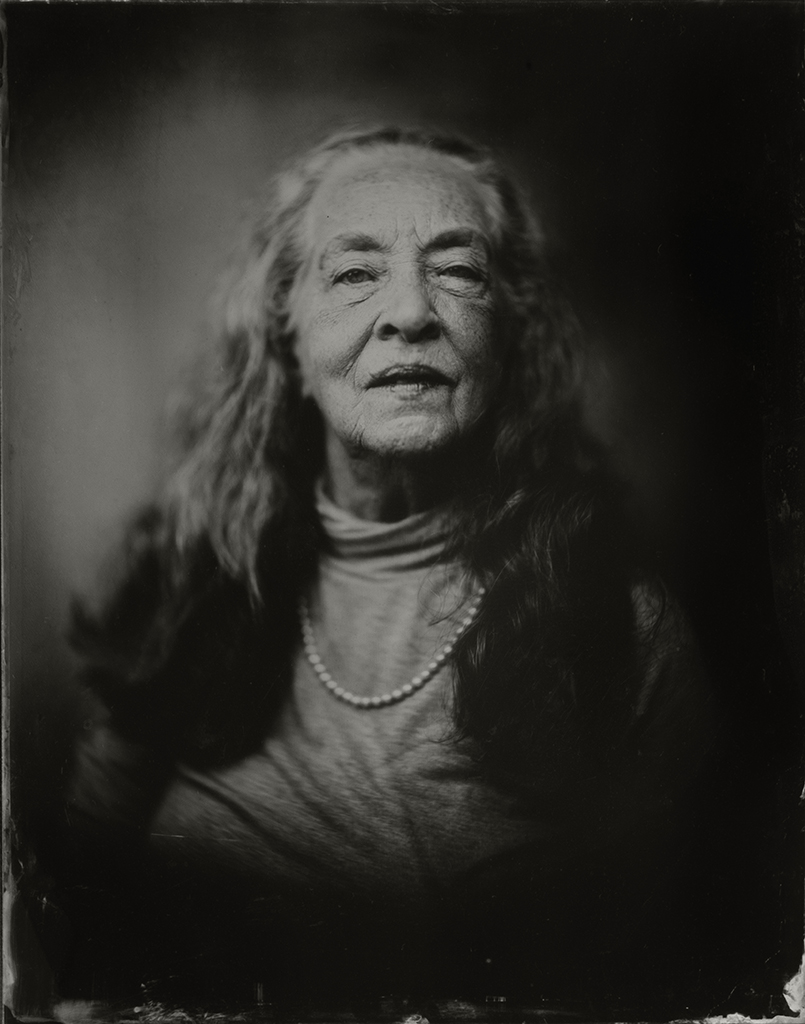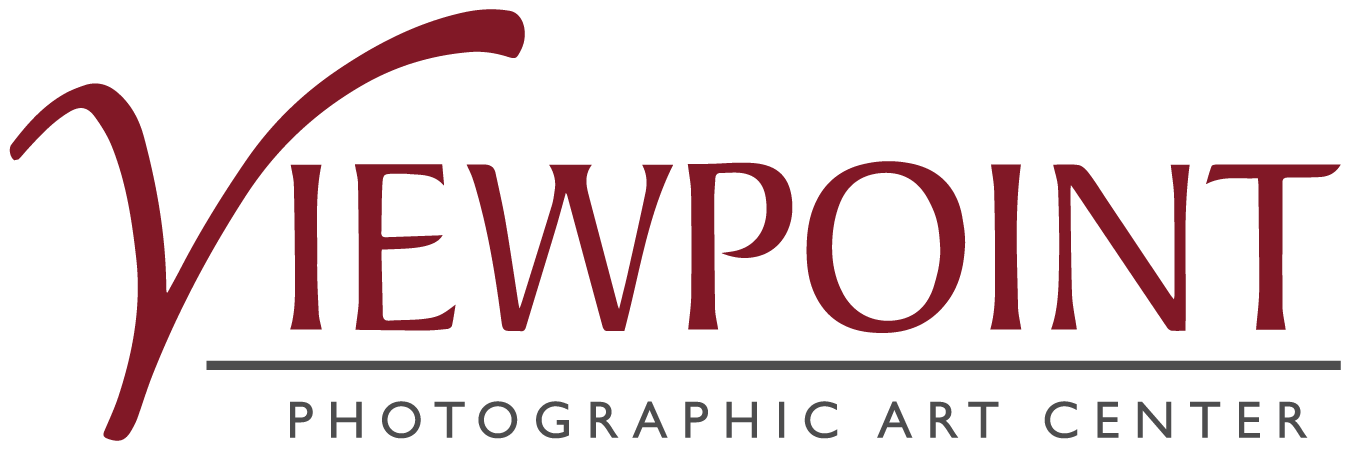Kathryn Mayo: We Are Selma, The Selma Portrait Project


We Are Selma: The Selma Portrait Project examines the connection between home and identity through imagery and storytelling. Residents of the photographer’s hometown of Selma, Alabama, were photographed using the wet plate collodion ambrotype process, while audio recordings of their experiences were also captured. The project highlights Selma’s extremely complicated past as a pivotal placeholder in the rich history of the civil rights movement and Selma’s current-day quest to move forward amongst such complex burdens. The slowness of the collodion process and the collaborative nature of the work honors the cultural currency of areas and cultures where communication is both key to unification and fodder for misunderstanding. The highly reflective quality of the glass plates allows the viewer to see themselves in each portrait, bringing to mind questions of personal responsibility, obligation, and accountability, allowing both the sitter and viewer to see themselves as “ancestor” contemplating their own legacy.

Maddie Smith, Age 10
The Selma Portrait Project is a large-scale wet plate collodion project completed over the course of four months in the city of Selma, Alabama. Over 70 people were photographed using the historic wet plate collodion ambrotype process. Each portrait created is 11 X 14″ in size and is displayed as a unique object without the confines of a frame.
People from all walks of life, cultural backgrounds, and ages were photographed to convey Selma’s ever-increasing diversity.
Along with each captured image, an interview with the participant was recorded. Ambient sounds from many different areas of Dallas County, combined with fragments of each participant’s interviews, were assembled to create an audio collage that can be heard while the plates are viewed. The combination of audio and images work together to create an immersive experience that is meant to allow the viewer to experience a deep connection with each subject.
The project was created as a catalyst to bring disparate areas of a community together, increase cross-cultural dialog and increase cultural awareness.


